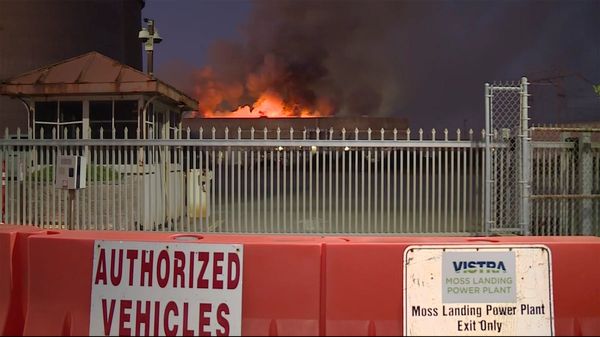While it may be popular in overseas restaurants, you would be hard-pressed to find wild boar meat on many menus across Australia.
But Queensland game meat industry consultant Andrew Varasdi said it was time to change the eating habits of Australians to help address the country's feral pig problem.
"Internationally is where the main demand is coming from right now for Australian wild boar meat," Mr Varasdi said.
"There is also an opportunity for Australia to create a demand for wild boar meat, and that would create jobs."
According to a 2020 National Feral Pig Action Plan (NFPAP) report, the annual value of the feral pig industry peaked at $50 million in the mid-1980s, but commercial harvesting in Australia has faced significant business and market volatility in the decades since.
"When these restaurants do put wild boar ragu on the menu, it doesn't last a day due to popularity," Mr Varasdi said.
"If we can demonstrate to Australians that wild boar is a perfectly good meat, that it's suitable for human consumption, that it's clean and it doesn't have the issues or the stigma that is attached to it and that the food tastes amazing, then that is where the demand will come from.
"There are people who think that wild boar meat is full of parasites and worms, and it's something that is not true."
A major environmental threat
The actual number of feral pigs in Australia is unknown, but the 2020 National Feral Pig Management report said there could be as many as 23.5 million in the wild.
They are considered a major pest that poses a significant threat to Australia's $65-billion agricultural industry by destroying crops, spreading disease and preying on livestock.
Research from the University of Queensland in 2021 estimated feral pigs released about 4.9 million metric tonnes of carbon dioxide across the globe annually, the equivalent of 1.1 million cars.
But people looking to source their own feral pig meat from the wild have been warned it's important the meat has been properly processed.
NFPAP management coordinator Heather Channon said people who ate feral pig meat that had not been properly inspected were at risk of food-borne infections.
"Meat from feral pigs should be sourced from carcasses processed in a licensed wild game meat processing plant and inspected by a trained meat safety inspector as being fit for human consumption," Dr Channon said.
'Same stringent checks' as roo meat
The Australian Standard for the Hygienic Production of Wild Game Meat for Human Consumption sets out minimum requirements for harvesting and processing feral pigs.
Allan Brady, a game meat processor from Roma in Queensland, said there was a public misconception that properly processed wild boar meat was riskier than domestic pork.
"We take so many precautions to make sure our wild boar is safe," he said.
"Wild boar meat has the same restrictions and stringent checks that kangaroo meat has that you see in the supermarkets."
Systems to ensure food safety
Safe Food Production Queensland compliance and verification director Rick Jackobson said there was an accreditation system for all wild game harvesters to ensure that meat was safe to eat.
"Safe Food Queensland routinely audits those harvesters to ensure that they are compliant with hygiene processing requirements," he said.
"There are a number of steps that wild boar meat goes through, including trained people at the wild game processing plants, and all wild game goes through a post-mortem inspection by qualified meat inspectors."
A 'low carbon' source of meat
Tara Medina recently launched a company that partners with landowners to ethically harvest wild game, including boar meat, for the food service market.
"Wild boar is one of the most overpopulated feral species in Australia," she said.
"Beyond the damage that they are doing to both agricultural land and native habitats, it's also a nutritious and low carbon way to eat meat."
Ms Medina said apart from removing a feral species from the wild, eating wild boar helped the environment in other ways.
"We hear a lot about the carbon footprint of a carnivore diet," she said.
"With wild game, the opposite is true. You are removing a damaging animal from that environment and, because of that, it has little-to-no carbon footprint."
Education is the key
Andrew Varasdi said more education was needed to encourage the public to give accredited wild boar meat a go.
"[Not] just consumers, but also government bodies, legislators and regulators and to anybody that has a view about the meat that is not correct," he said.
"If the demand for wild boar meat increased, there would be a new focus for harvesting those animals through regional Australia."







